The Utah Legislature will have to redraw the state's congressional map after a judge ruled Monday that the lines enacted in 2021 did not conform with "mandatory redistricting standards and requirements" — opening up the door for a winnable seat for Democrats in the red state.
According to the ruling released late Monday, "the core issue before the Court is whether the Utah State Legislature's enactment of S.B. 200 unconstitutionally impaired Proposition 4, a citizen initiative designed to reform the redistricting process in Utah and prohibit partisan gerrymandering."
The judge's order says that "the Legislature is directed to design and enact a remedial congressional redistricting map in conformity with Proposition 4's mandatory redistricting standards and requirements." The order says state lawmakers have 30 days "to design and enact a remedial congressional map."
Although unrelated, the ruling comes amid redistricting battles throughout the country, kicked off when President Trump and House Speaker Mike Johnson asked Texas' GOP-led Legislature to redraw the House map to net five more seats for Republicans' razor-thin majority. California's Democratic Gov. Gavin Newsom retaliated, pushing through the Legislature a new map that could net Democrats up to five seats.
But the battles are not limited to the large states with more seats to be gained. Indiana lawmakers are meeting Tuesday with Mr. Trump and other administration officials to work on redrawing the map to redraw the state's two Democratic districts.
Utah has four congressional seats, all of which are represented by Republicans. Mr. Trump comfortably won the state with 59.4% of the vote. Both senators are Republicans.
In the 2018 midterms, voters in one Utah district narrowly sent a Democrat to the U.S. House. It remains to be seen what legal hurdles and appeals may follow Monday's order.
Republicans have a 219 to 212 majority in the U.S. House, which Mr. Trump is looking to expand or, at the very least, hold onto in the 2026 midterm elections.
Where are the other redistricting battles?
States typically take on redistricting after the census. But this summer's mid-decade redistricting battle kicked off in in July, Mr. Trump began the push to redraw the Texas maps, a state he won comfortably and where Republicans control 25 of the state's 38 congressional seats. Mr. Trump insisted the state could redraw their congressional maps to give Republicans an advantage in five more districts.
Texas' congressional maps are determined by the Legislature, which is controlled by Republicans, and signed off by the governor. GOP Gov. Greg Abbott called a special session of the Legislature in July with redistricting as one of the items on the agenda, leading Democratic lawmakers to leave the state to prevent a quorum to bring the vote to the floor.
The Democrats' quorum break drew national attention, and Republican lawmakers enacted increasingly drastic measures to bring them back — including calling for civil arrest, hefty fines and even asking the FBI to track them down. After running out the clock on the 30-day special session, Abbott promptly called another special session and Democrats returned. The maps passed along party lines.
In California, Newsom said he would redraw the state's map if Texas went through with its plan, although California's congressional maps must be decided by voters. As the Texas plan moved through the Legislature in the second special session, California's Democratic majority moved forward with a ballot measure with their own plan to redraw the congressional map to net up to five seats for Democrats. The measure passed the Legislature last week. It was quickly signed by Newsom and will be on California's ballot on Nov. 4.
Other states have indicated they will redraw their maps, although many states require more hurdles to do so. In New York, Democratic lawmakers will have to rewrite the state's Constitution, which would have to be approved in two sessions of the Legislature and then by voters. New York's Democratic Gov. Kathy Hochul has indicated she is willing to start the effort, although the soonest election it would affect is 2028.
Indiana, which has nine congressional districts, appears to be the next battleground for Republicans. Mr. Trump and members of his administration are meeting Tuesday with the leader of the state senate, the state House speaker and others in a push to find a way to redraw the districts to oust the state's two Democratic representatives.
Missouri Republicans have also indicated they are interested in redrawing their map. Missouri has eight congressional districts, represented by six Republicans and two Democrats. Any effort to draw a new district to give Republicans one more seat in their favor would likely focus on changing the Kansas City-focused district represented by longtime Democratic Rep. Emanuel Cleaver. Although Mr. Trump has posted on social media that the "Great State of Missouri is now IN" to redraw their maps, Republican Gov. Mike Kehoe has yet to call a special session of the Legislature to redraw the maps, although there is a veto session already scheduled to begin in mid-September.
Florida Republicans have also joined the push to redraw their congressional maps. Republican state House Speaker Daniel Perez sent a memo to lawmakers earlier this month announcing he was creating a select committee on redistricting. Florida's maps are approved by the Legislature and signed off by the governor.
Video shows armed National Guard troops in Washington, D.C.
Details on Taylor Swift-Travis Kelce engagement announcement
Feds tell states to enforce English requirement for truck drivers, threaten to pull funding

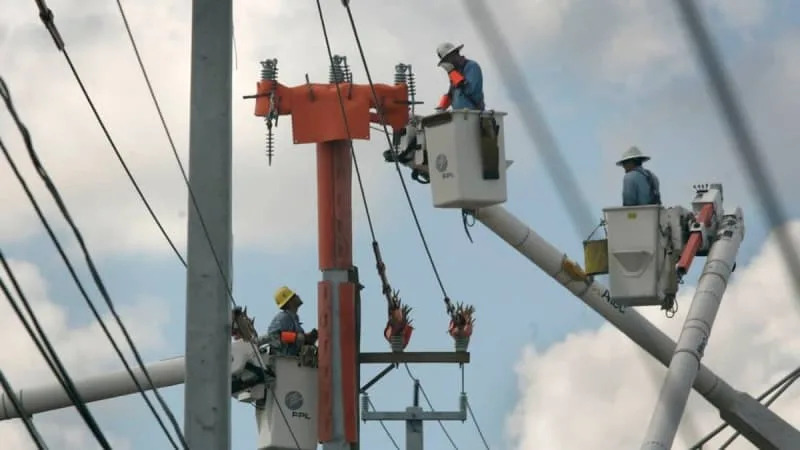
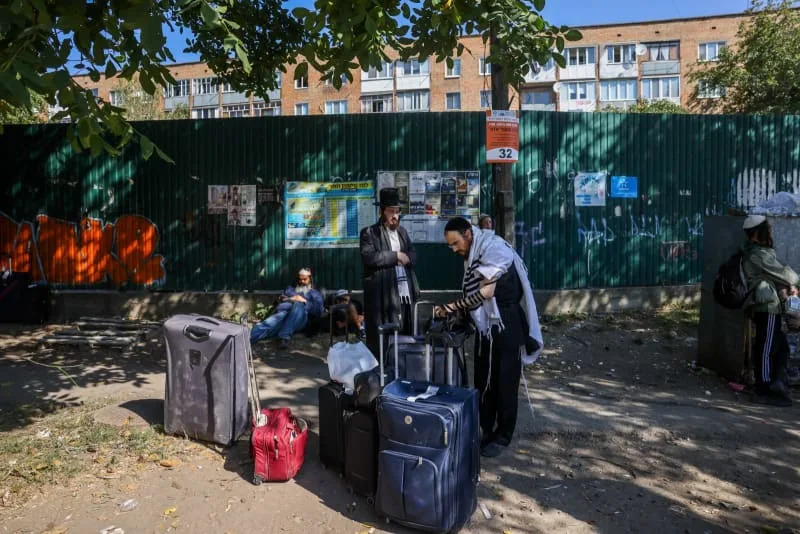

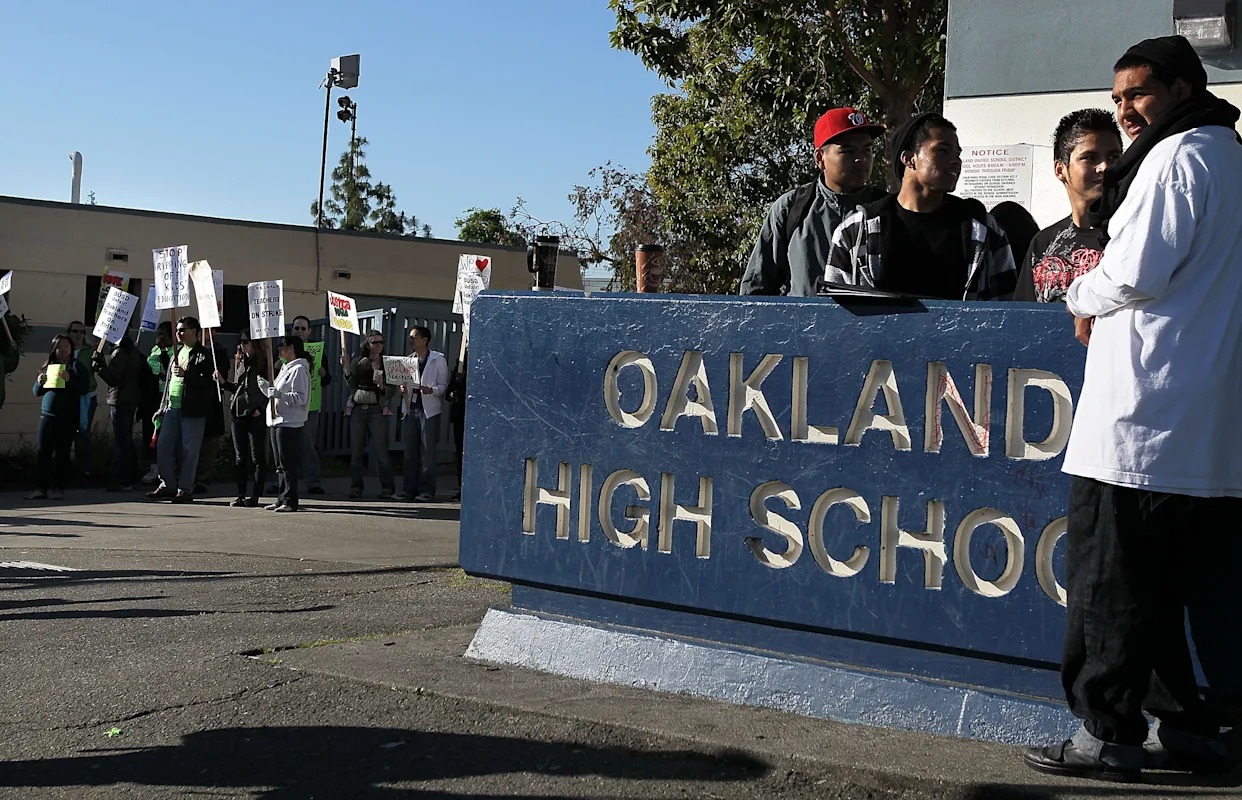

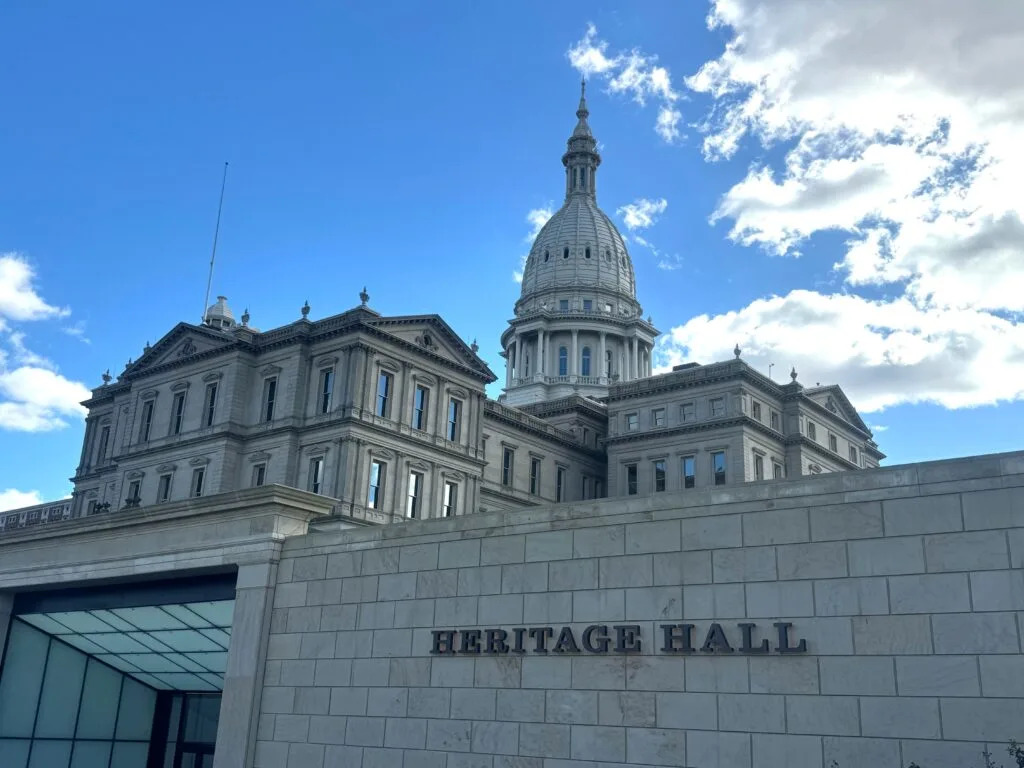
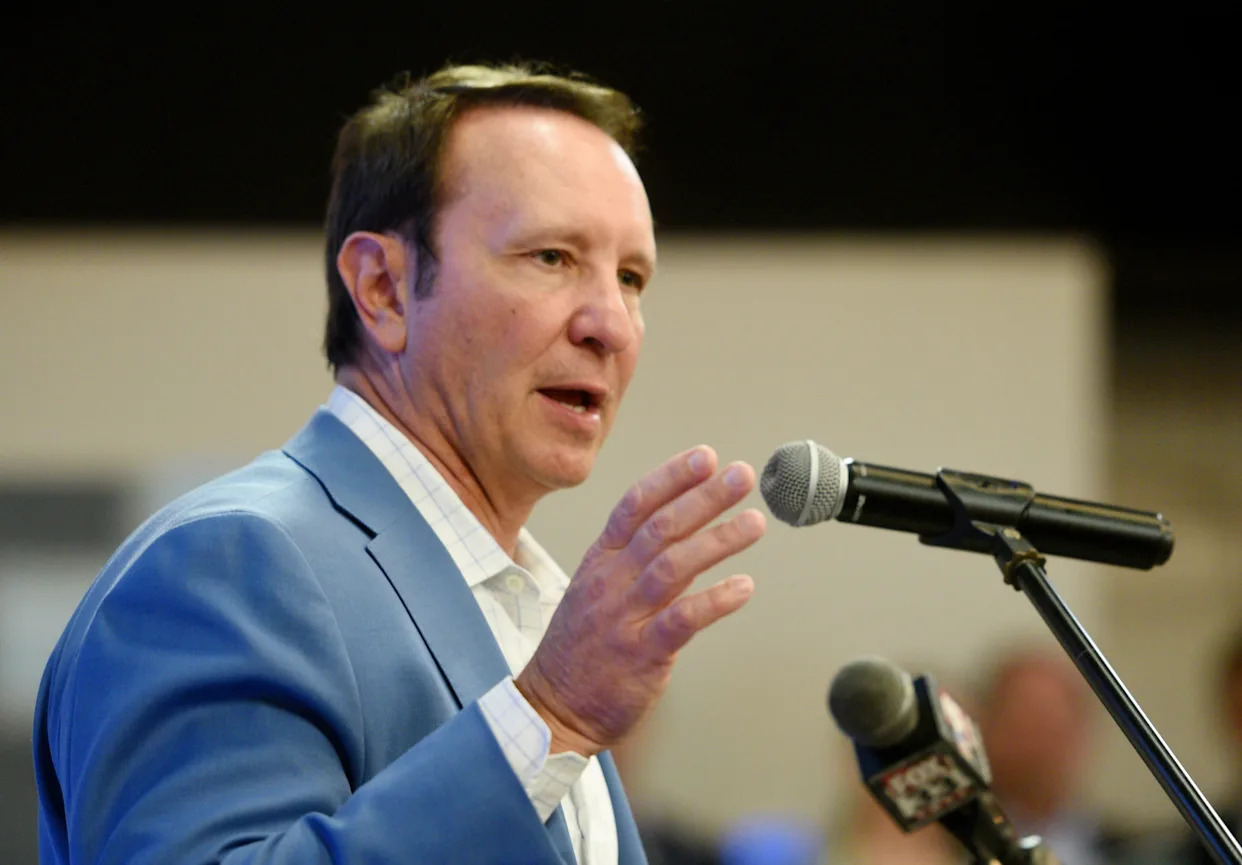
Comments